Filter by
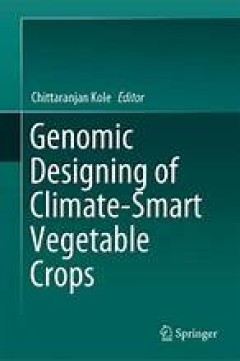
Genomic Designing of Climate-Smart Vegetable Crops
- Edition
- 1
- ISBN/ISSN
- 978-3-319-97415-6
- Collation
- Kedokteran/ Obat
- Series Title
- -
- Call Number
- 615
- Edition
- 1
- ISBN/ISSN
- 978-3-319-97415-6
- Collation
- Kedokteran/ Obat
- Series Title
- -
- Call Number
- 615
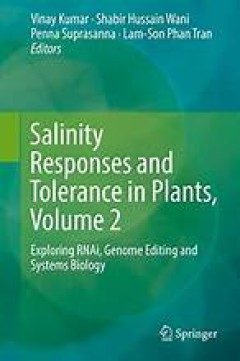
Salinity Responses and Tolerance in Plants, Volume 2
Soil salinity is a key abiotic-stress and poses serious threats to crop yields and quality of produce. Owing to the underlying complexity, conventional breeding programs have met with limited success. Even genetic engineering approaches, via transferring/overexpressing a single ‘direct action gene’ per event did not yield optimal results. Nevertheless, the biotechnological advents in last d…
- Edition
- 1
- ISBN/ISSN
- 978-3-319-90318-7
- Collation
- Kedokteran/ Obat
- Series Title
- -
- Call Number
- 615
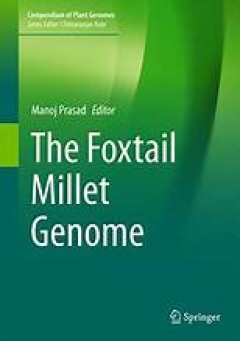
The Foxtail Millet Genome
This book presents up-to-date information on foxtail millet genomics, with a particular focus on its agronomic importance, genome architecture, marker development, evolutionary and diversity studies, comparative genomics and stress biology. The topics discussed have the potential to open up a new era of crop improvement in foxtail millet and other related grass species. Foxtail millet (Setar…
- Edition
- 1
- ISBN/ISSN
- 978-3-319-65617-5
- Collation
- Kedokteran/ Obat
- Series Title
- -
- Call Number
- 615
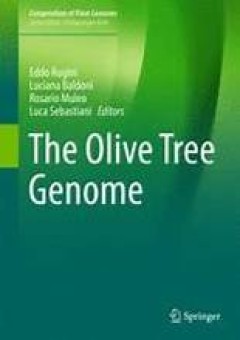
The Olive Tree Genome
This book provides an introduction to the genetics, genomics, and breeding of the olive tree, a multi-functional long-lived crop plant that is relevant not only for culinary olive and oil production, but also for shaping the landscape and history of many rural areas for centuries. Today, the recognized health benefits of extra-virgin olive oil provide new impulses for introducing innovation in …
- Edition
- 1
- ISBN/ISSN
- 978-3-319-48887-5
- Collation
- Kedokteran/ Obat
- Series Title
- Compendium of Plant Genomes
- Call Number
- 615

The Sorghum Genome
This book provides insights into the current state of sorghum genomics. It particularly focuses on the tools and strategies employed in genome sequencing and analysis, public and private genomic resources and how all this information is leading to direct outcomes for plant breeders. The advent of affordable whole genome sequencing in combination with existing cereal functional genomics data has…
- Edition
- 1
- ISBN/ISSN
- 978-3-319-47789-3
- Collation
- Kedokteran/ Obat
- Series Title
- -
- Call Number
- 615
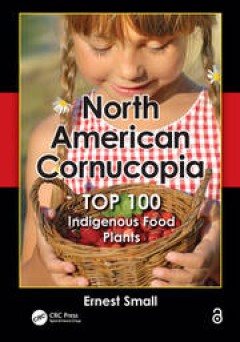
North American Cornucopia
ABSTRACT Many North American plants have characteristics that are especially promising as candidates for expanding our food supply and generating new economically competitive crops. This book is an informative analysis of the top 100 indigenous food plants of North America, focusing on those species that have achieved commercial success or have substantial market potential. The book's user-fri…
- Edition
- -
- ISBN/ISSN
- 9780429162794
- Collation
- -
- Series Title
- -
- Call Number
- -
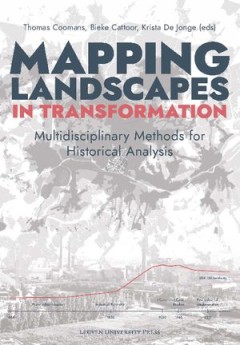
Mapping Landscapes in Transformation Multidisciplinary Methods for Historical…
The relational complexity of urban and rural landscapes in space and in time. The development of historical geographical information systems (HGIS) and other methods from the digital humanities have revolutionised historical research on cultural landscapes. Additionally, the opening up of increasingly diverse collections of source material, often incomplete and difficult to interpret, has led t…
- Edition
- -
- ISBN/ISSN
- 9789461662835
- Collation
- 376 halaman
- Series Title
- -
- Call Number
- 720 COO m
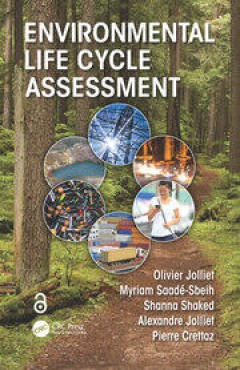
Environmental Life Cycle Assessment
Environmental Life Cycle Assessment is a pivotal guide to identifying environmental problems and reducing related impacts for companies and organizations in need of life cycle assessment (LCA). LCA, a unique sustainability tool, provides a framework that addresses a growing demand for practical technological solutions. Detailing each phase of the LCA methodology, this textbook covers the histor…
- Edition
- -
- ISBN/ISSN
- 9780429111051
- Collation
- -
- Series Title
- -
- Call Number
- -
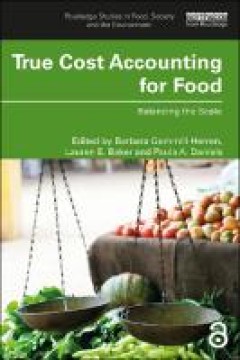
True Cost Accounting for Food: Balancing the Scale
This book explains how True Cost Accounting is an effective tool we can use to address the pervasive imbalance in our food system. Calls are coming from all quarters that the food system is broken and needs a radical transformation. A system that feeds many yet continues to create both extreme hunger and diet-related diseases, and one which has significant environmental impacts, is not serving …
- Edition
- Ed. 1
- ISBN/ISSN
- 9781000389968, 9780367506858
- Collation
- 288
- Series Title
- Routledge Studies in Food, Society and the Environment
- Call Number
- 338.1 TRU t
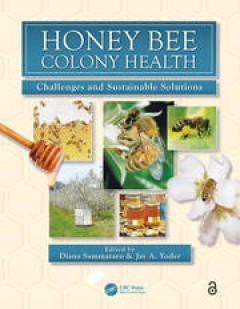
Honey Bee Colony Health : Challenges and Sustainable Solutions
This book summarizes the current progress of bee researchers investigating the status of honey bees and possible reasons for their decline, providing a basis for establishing management methods that maintain colony health. Integrating discussion of Colony Collapse Disorder, the chapters provide information on the new microsporidian Nosema ceranae pathogens, the current status of the parasitic b…
- Edition
- -
- ISBN/ISSN
- 9780429185045
- Collation
- -
- Series Title
- -
- Call Number
- 630
 Computer Science, Information & General Works
Computer Science, Information & General Works  Philosophy & Psychology
Philosophy & Psychology  Religion
Religion  Social Sciences
Social Sciences  Language
Language  Pure Science
Pure Science  Applied Sciences
Applied Sciences  Art & Recreation
Art & Recreation  Literature
Literature  History & Geography
History & Geography